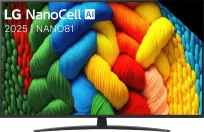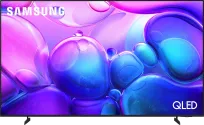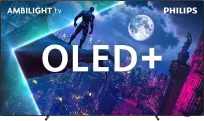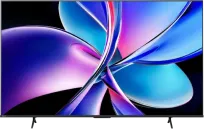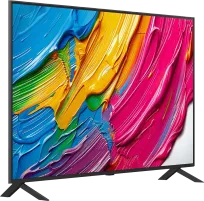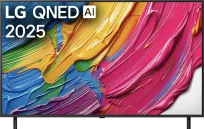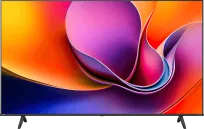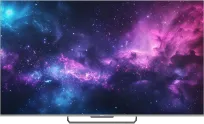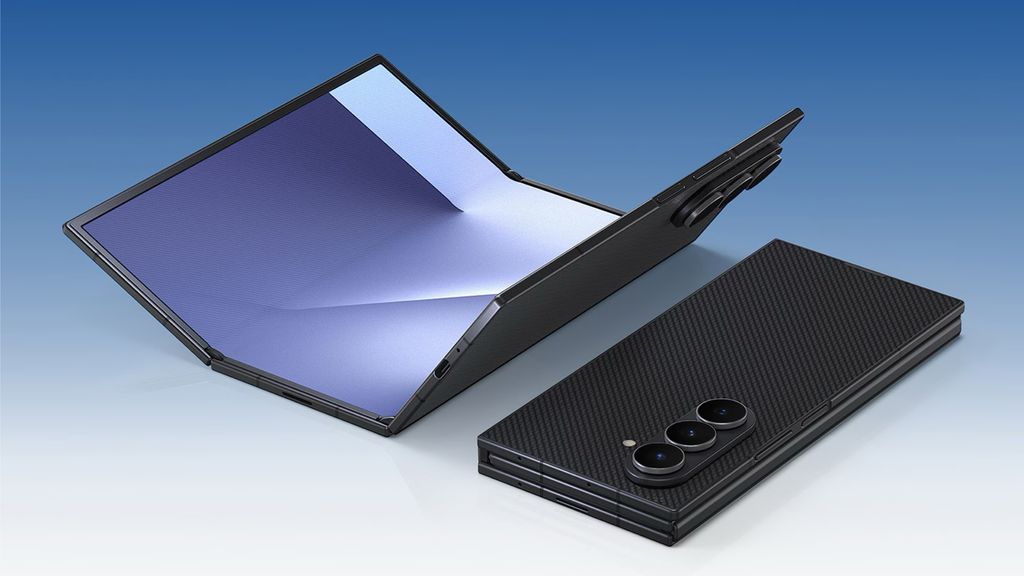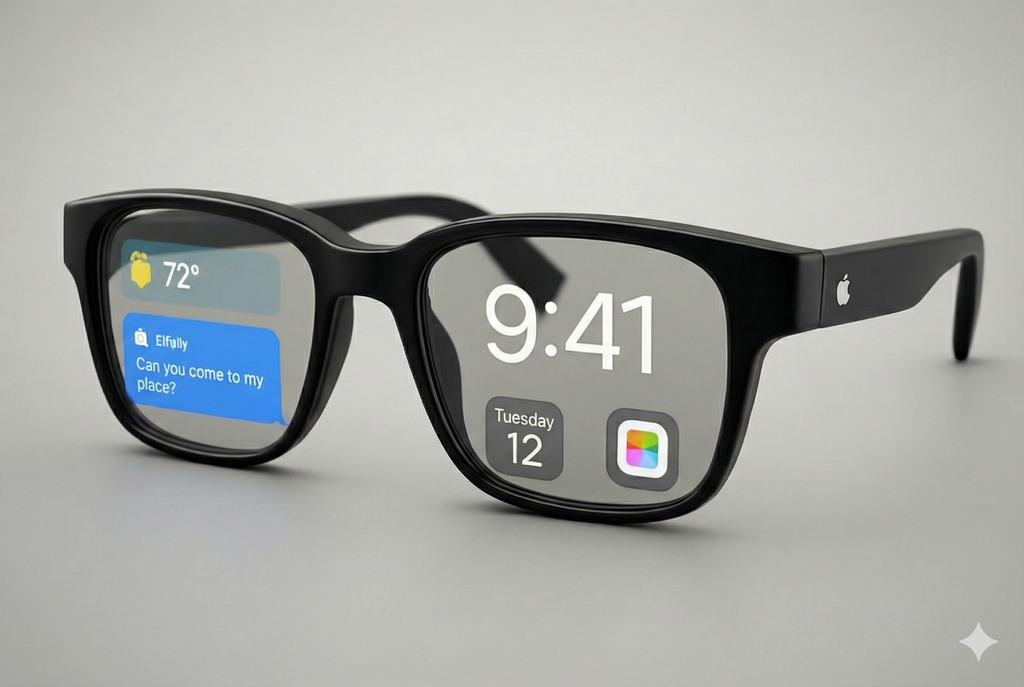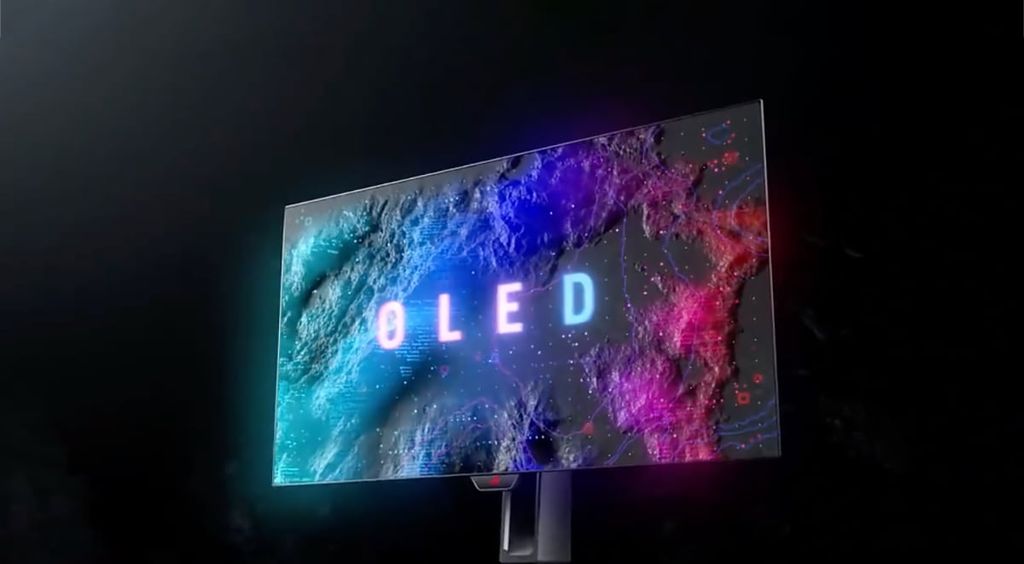
Samsung has revealed data from independent tests that shed new light on the comparison between OLEDs and LCDs. It turns out that OLED and QD-OLED panels can appear up to 1.5 times brighter than traditional LCDs – despite technically having the same brightness.
Sounds strange? This refers to what is known as perceived brightness. UL Solutions, an independent laboratory, has examined this thoroughly: a 300-nit OLED can seem as bright as a 500-nit LCD. And in some situations, the advantage of OLED becomes even greater – almost close to three times. This is all due to how our eyes perceive contrast and blackness.
Contrast is king: how OLED wins the battle for viewer attention
The main advantage of OLEDs lies in the way light is emitted — each pixel illuminates independently and can be completely turned off. This results in perfect black and significantly higher contrast than with LCD, where the backlighting operates globally.
It is this contrast that makes even a moderately bright OLED appear "brighter" than theoretically stronger LCDs. The human eye simply perceives light better when it contrasts with deep black.
Fewer nits, more clarity? OLED proves it.
According to data from UL Solutions tests:
300-nit OLED panel = 510-nit LCD panel
500-nit QD-OLED panel = 767-nit LCD panel
And these are just averages — in some scenarios, the differences are even greater.
These results are good news not just for home cinema enthusiasts. OLEDs can look better while consuming less energy — and that’s great news for smartphones, automotive displays, and gaming monitors.
Samsung is already announcing that this technology will reach the next generations of their devices: from phones, through tablets and monitors, to televisions. And it looks like this is just the beginning of the changes.
OLED changes the game
If you think that “more nits = better screen” — it’s time to rethink that. By 2025, OLED not only matches LCD but in many cases exceeds it, and that’s without the need to resort to extremely bright backlighting. This is not a revolution — it’s an evolution not to be missed.
Source: www.flatpanelshd.com
 Katarzyna Petru
Katarzyna Petru